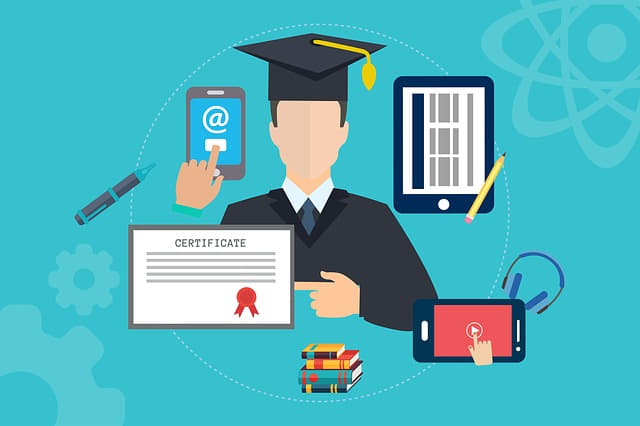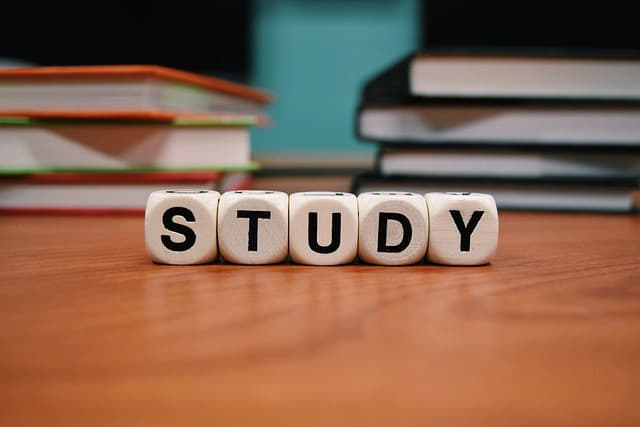As a learning technique, self-explanation was observed to be particularly useful for kindergarten students as well as students who are trying to learn geometric theorems and algebraic formulas. Much like the elaborative technique you learned earlier, much of this technique’s strength lies in its simplicity. This is a learning technique that’s best utilized for learning abstract materials. Under this technique, you explain a new fact or information by trying to connect it to other known ones.
You also learn something new by explaining the steps necessary for solving a problem and justifying choices made to solve such problems. This technique was determined to be more effective at improving one’s learning abilities when applied during the learning phase itself as opposed to after. Basically, the self-explanation technique will require you to explain how you thought about something instead of just thinking of that something as a concept or a fact. Take for example, learning the financial concept of compound interest.
A good way of learning this is asking yourself how the concept of compounding interest is related to something more familiar, like how a small snowball rolls downward to become a ginormous one in movies or cartoon shows. Or you can also explain the mathematical or logical steps involved in solving problems of compounding interest. Some studies suggest that self-explanation is especially beneficial for learning how to solve puzzles that require logical thinking and reasoning. It was also found that students who utilized the self-explanation learning technique also exhibited better information recall, ability to solve problems and ability to apply the new things learned to new content.
In fact, there is reasonable basis for believing that this technique can be successfully utilized in practically any area of learning. You can utilize this technique for your own learning by asking yourself things about how you processed the learning and not necessarily the learning content itself. A good question to ask,
for example, is “How does my new learning relate to what I already know?” Incidentally, the best way to implement this in terms of self-learning is to ask questions whose answers are not yet known toyou or aren’t easily accessible, to train yourself in the art of asking good questions and to master the skill of explaining well.








